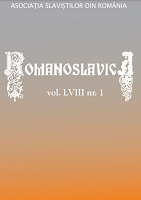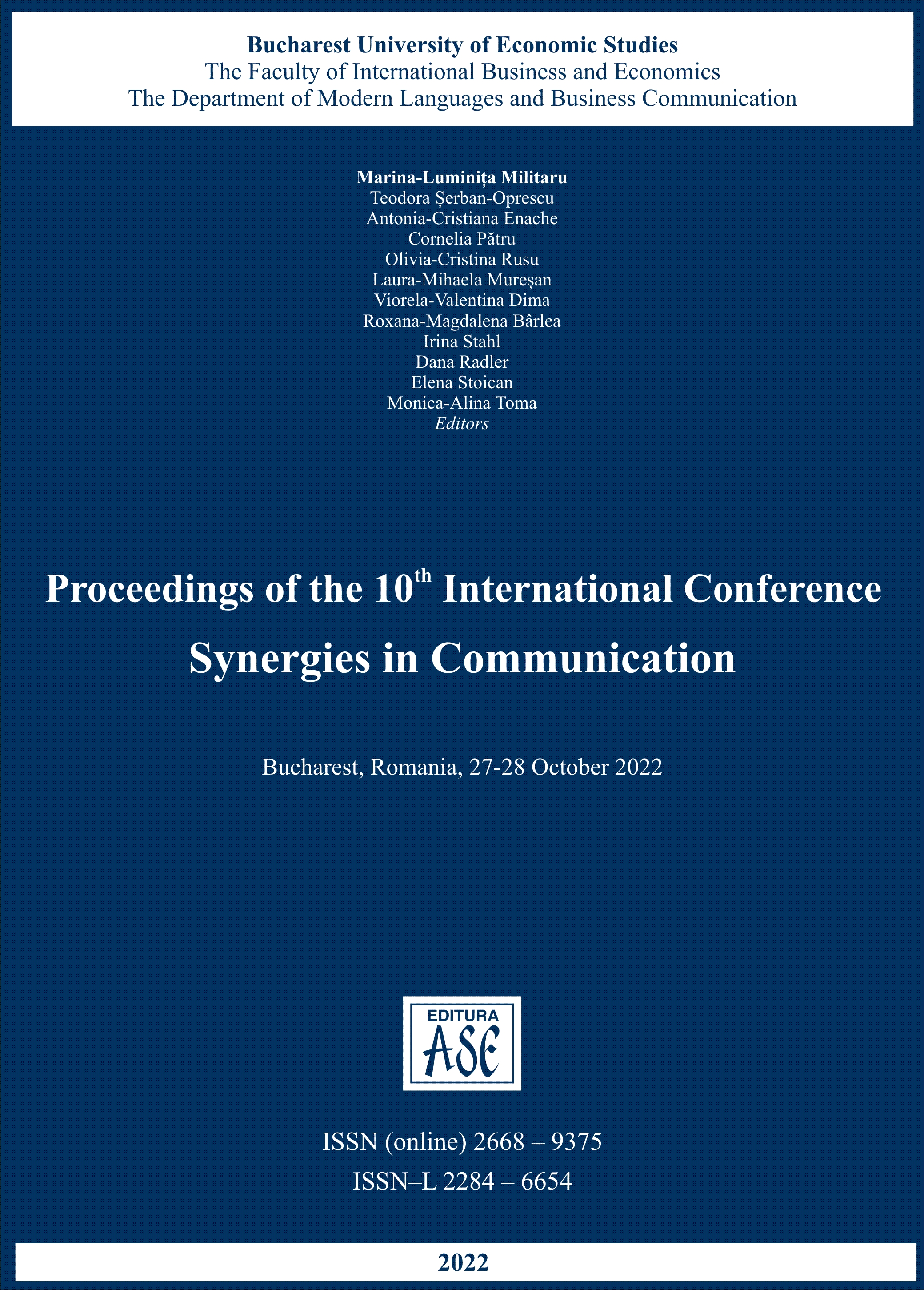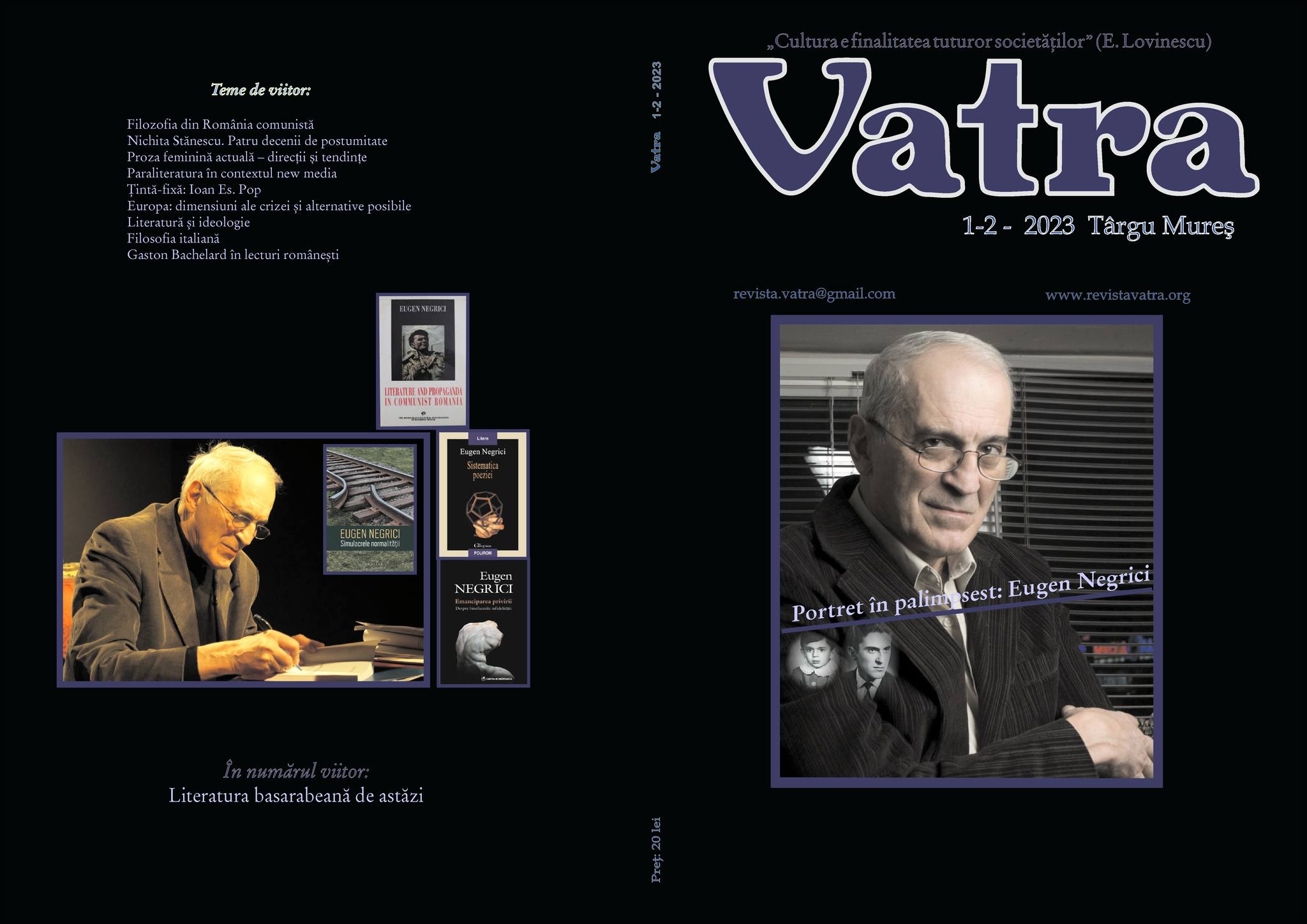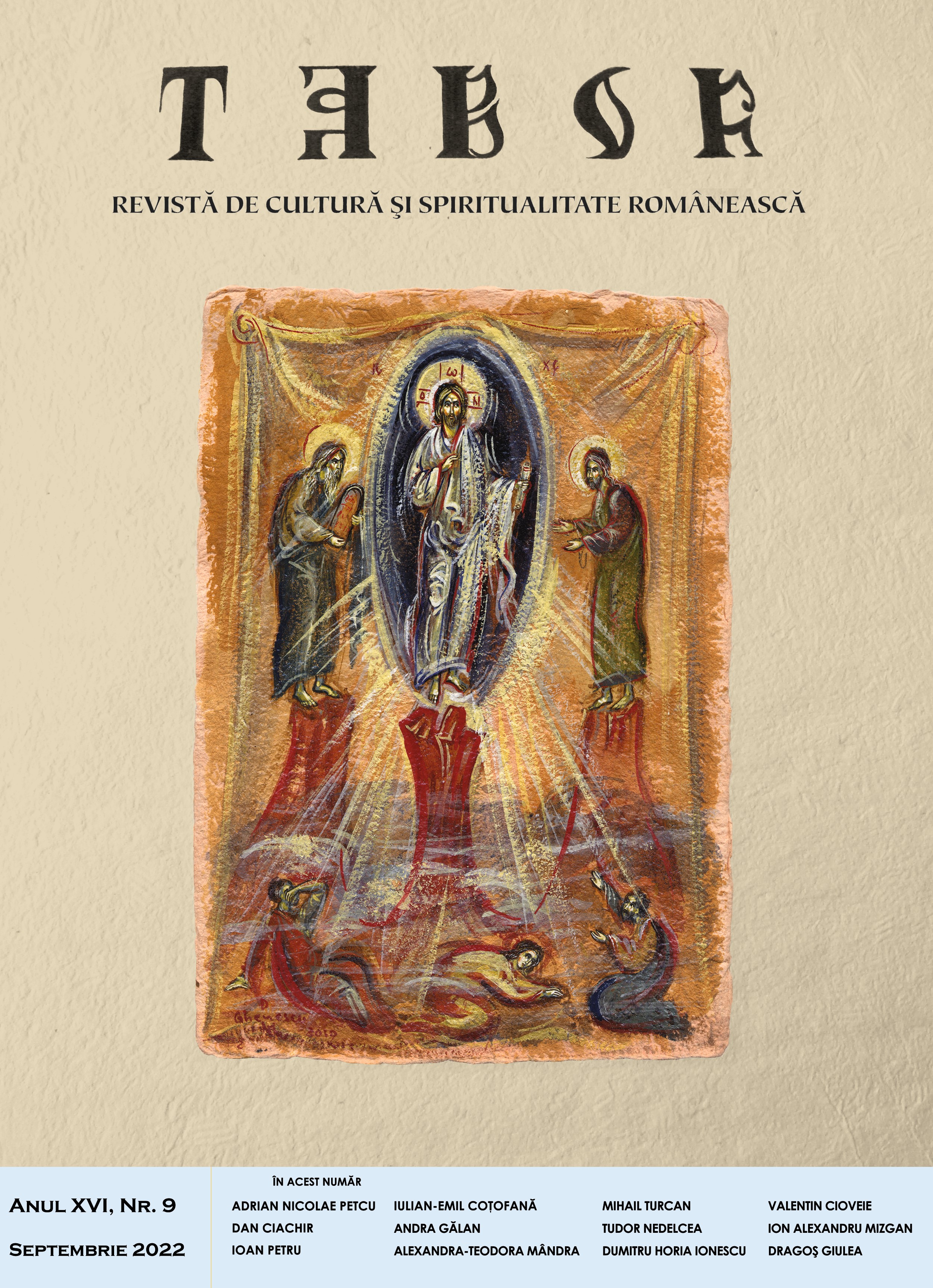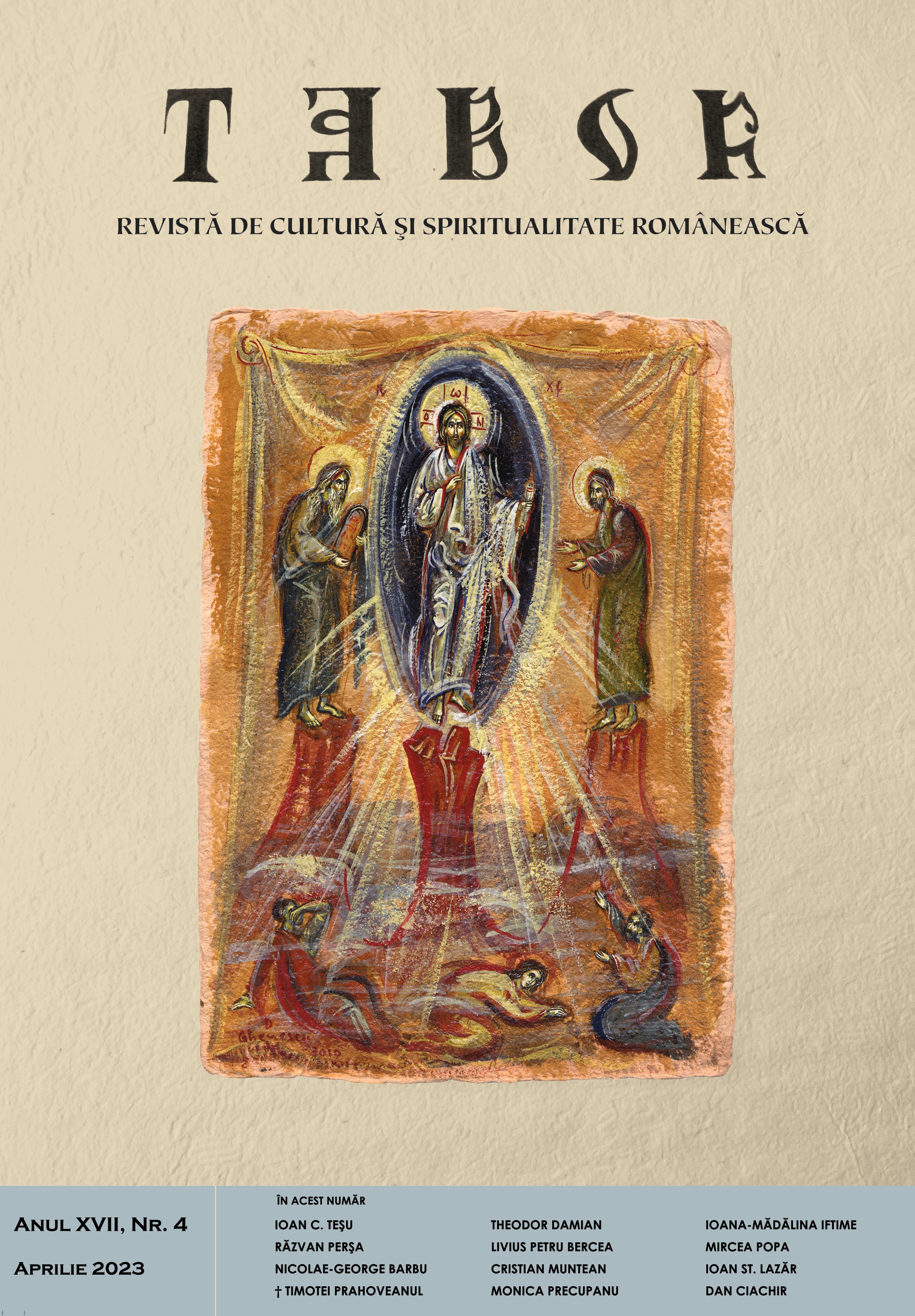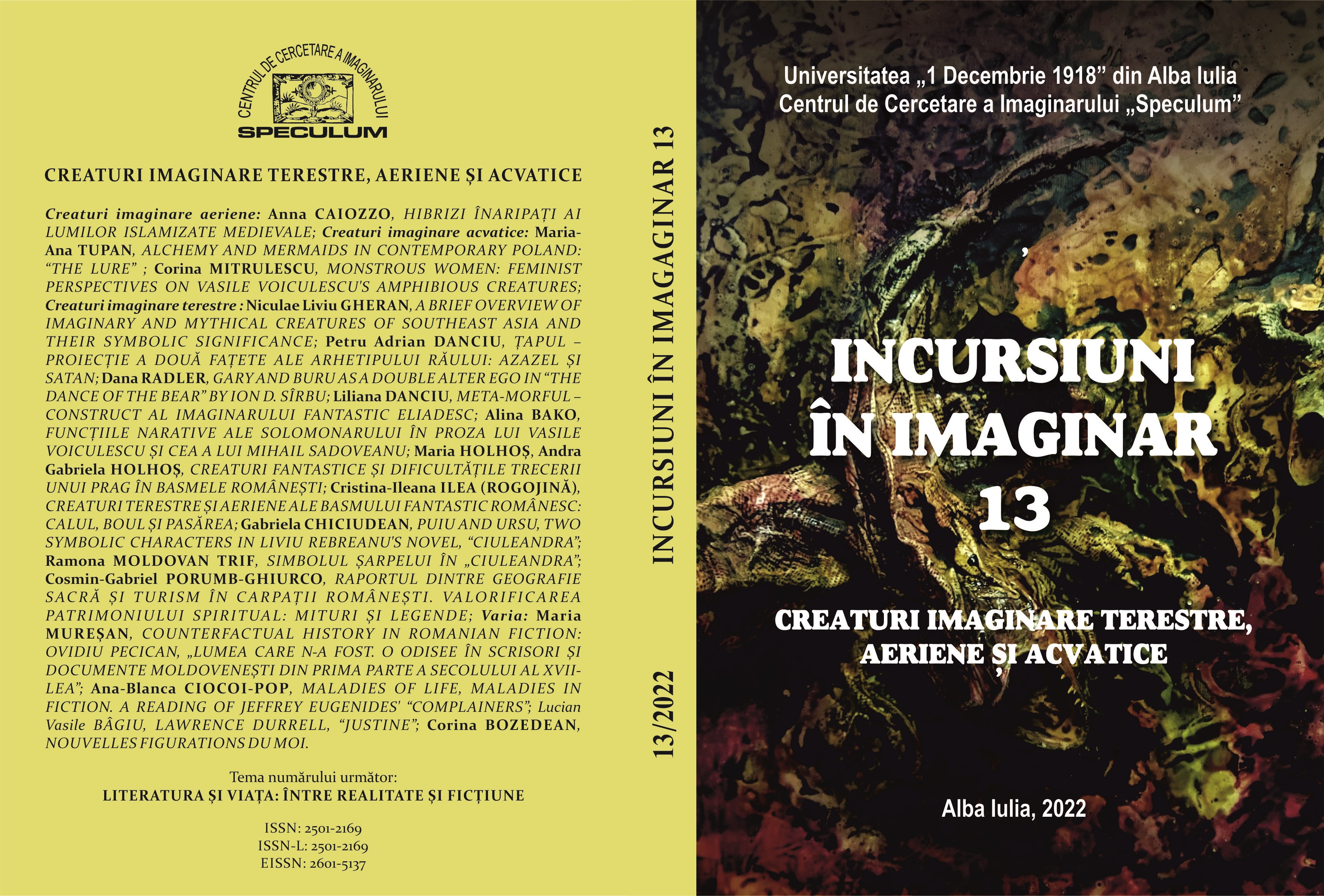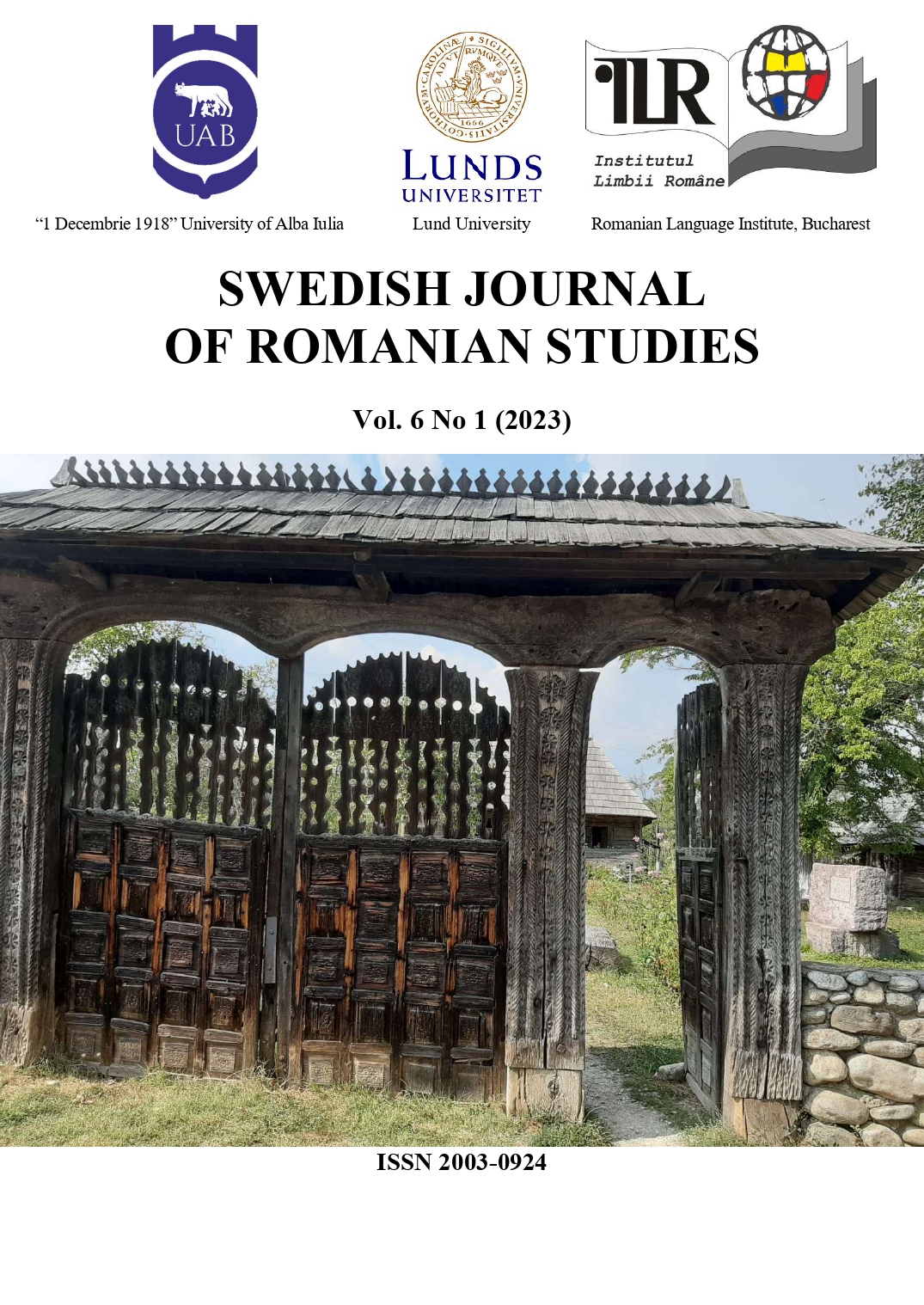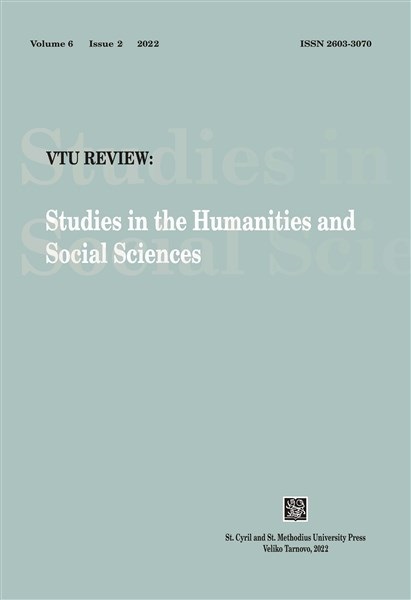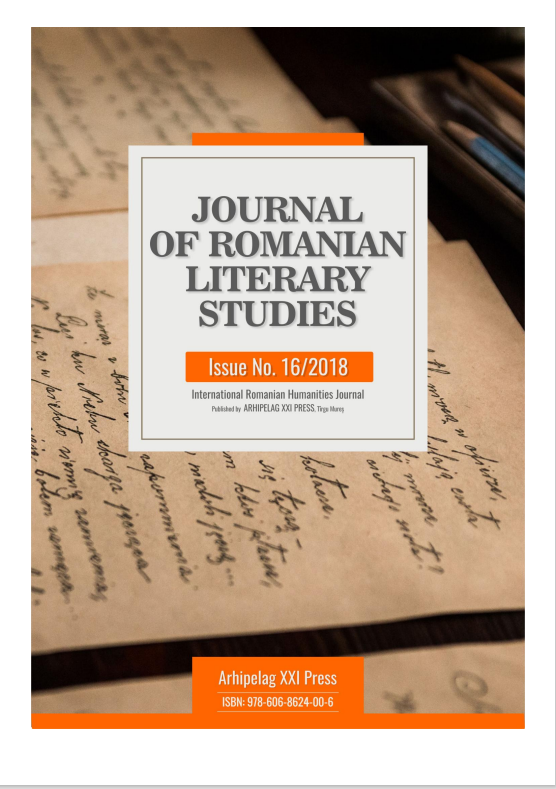Author(s): Liliana Danciu / Language(s): Romanian
Issue: 13/2022
Romanian folklore and its fundamental myths have aroused a real interest both for the researcher in the field of the history of religions and for the writer. Mircea Eliade found here a rich fund of magical-religious beliefs, untouched by the destructive effects of modern civilization. In the study “From Zalmoxis to Geghis-Han. Comparative studies on the religions and folklore of Dacia and Eastern Europe”, the Romanian scholar analyzed the etymology of the word “Dacian”, which he connects to a rite of warrior initiation, focused on the sacrificial rite of construction, the magico-cult significance of picking the blackthorn. Eliade’s fantastic prose is anchored on several themes and folklore motifs, among which we mention: Sânzienele (gentle fairies), the fairy-tale battle between good and evil, the magical-cult and destiny relationship between The Savior and The Star (The Forbidden Forest); “craftsman grandmother”, midwife and guardian of the threshold between the worlds, with her bear-daughters (La țigănci); Angel of Death, muse and “grace” (In the court of Dionysus, The three graces); the metamorph (the undead-woman, in Miss Christina; the undead, the Flyer, the kite, in the eyes of the profane, an Adamic being, purified from primordial sin, in the Edenic space of the island, in The Serpent; the giant, in A Big Man, etc.).In this paper we will focus on the metamorph and on how Mircea Eliade builds a true archetypal construct. The metamorph is the result of a metamorphosis, a process defined biologically (transformation of a lower creature into a higher one, passing through the natural stages of development), ontologically (essential transformation of an essential order, transition to another kind of being) and magically (transformation of a human being into the animal). The three types of metamorphosis can be hybridized, a process discovered in Mircea Eliade’s prose: in The Three Graces, the internal organs of the three patients undergo morphological and functional transformations into plants, women living half a year like flowers, young and beautiful, old and withered during the other half. In The Serpent, Andronic is a meta- and poly-morphus: the fairy-tale kite that abducts restless maidens and fierce wives, the satyr of Greek mythology, the male god of nature (Pan), the serpent, messenger of the dead and symbol of sexuality, fearsome undead, Primordial Adam, pure and untouched by any “lust”. All these stasis correspond to the imaginary projections of the other characters. The shapes of his transformations are regressive, finally reaching the purest ones: the Edenic man in harmony with nature, the virginal feminine and the creator. Miss Christina is not only the undead that haunts the mansion and excites the imagination of Mrs. Moscu’s guests, but the deity of the place, who ensures the connection of the sky, through its brightest star, Luceafărul, with the earth, the vast Bărăganu plain. The ignorant masculine (Egor) intervenes and destroys the magical connection between the hypostasis of the feminine (the old woman, the young woman, the child, the field), interposing the aggressive and destructive virility.
More...
